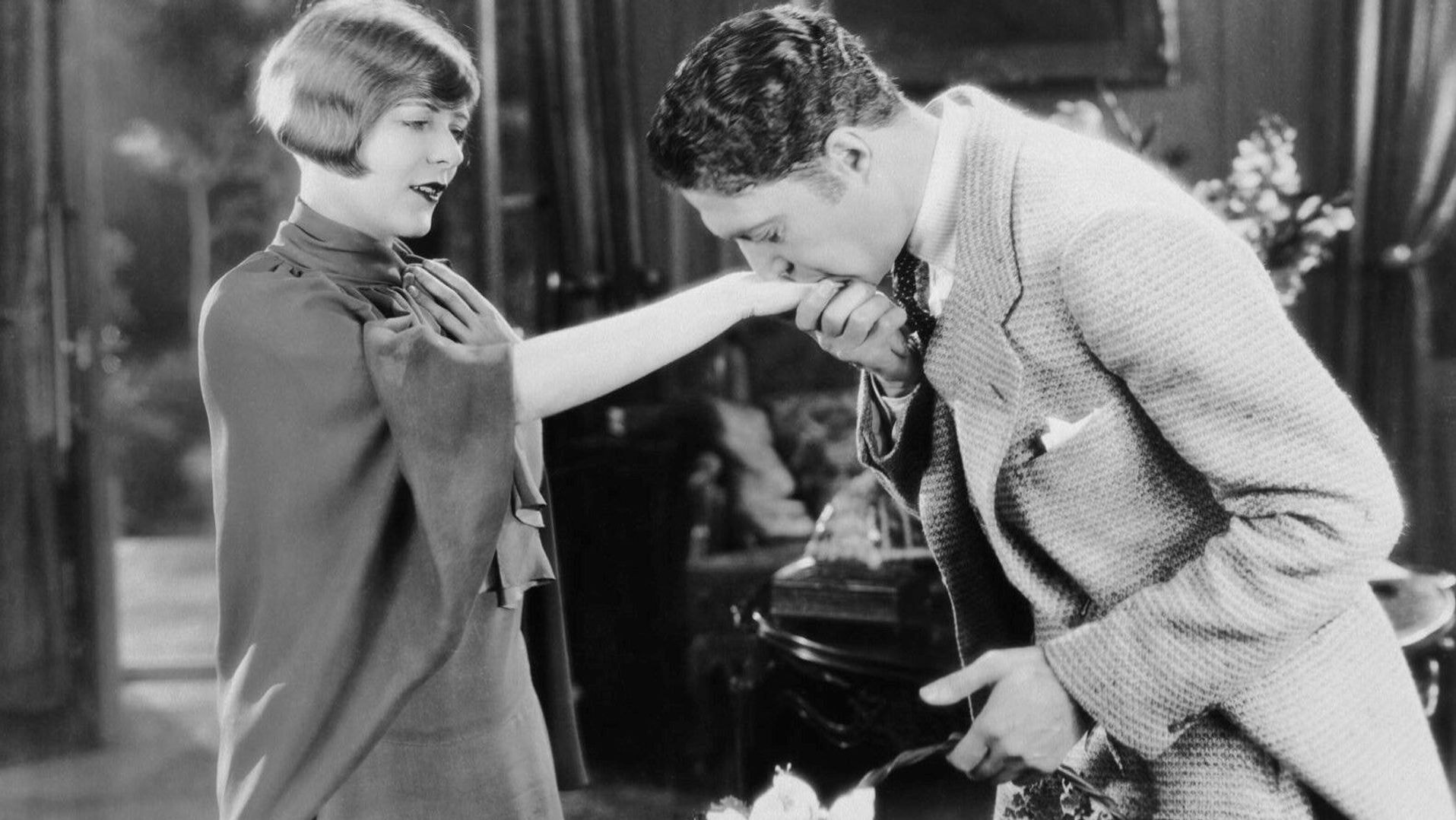The Concept of Chivalry Has Been Distorted to Create Beta Male
Has the meaning of chivalry has been refined? Or completely distorted? Let’s take a look at its conception.

Article contribution by David, Strength coach and bestselling Men's Health author
Origins
From Wikipedia:
Chivalry, or the chivalric code, is the traditional code of conduct associated with the medieval institution of knighthood… It was originally conceived of as an aristocratic warrior code… involving gallantry, individual training, and service to others. Over time its meaning has been refined to emphasise more ideals such as the knightly virtues of honour, courtly love, courtesy, and less martial aspects of the tradition.
The term “martial” here, of course, means relating to war: the code was originally meant to guide medieval warriors– not peasants, aristocrats, or even lords. And certainly not modern day men, living in the world we do today.
This fact alone sheds light on why the code has changed over time. Warriors slashing each other with swords simply don’t exist today. Yet chivalry has stuck around. So has its meaning been refined? Or completely distorted? Let’s take a look at its conception.
The first noted support for chivalric vocation, or the establishment of knightly class to ensure the sanctity and legitimacy of Christianity was written in 930 by Odo, abbot of Cluny in the Vita of St. Gerald of Aurillac.
This passage sheds more light on its intended purpose. The knights, and their chivalric code were meant “to ensure the sanctity and legitimacy of Christianity.” Take fearless warriors like these knights, put them in wartime scenarios, and what do you get? Things like rape and pillaging come to mind, and are commonplace in wars even to this day. Chivalry was meant to ensure that the values that these knights were supposedly fighting for were observed, even in battle.
But as time went on, the application of this code began to encompass more areas of a warrior’s life. Below are the three fronts that chivalry embodied as the middle ages went on:
1. Duties to countrymen: this contains virtues such as mercy, courage, valor, fairness, protection of the weak and the poor, and in the servant-hood of the knight to his lord.
2. Duties to God: this would contain being faithful to God, protecting the innocent, being faithful to the church, being the champion of good against evil, being generous and obeying God above the feudal lord.
3. Duties to women: this would contain what is often called courtly love, the idea that the knight is to serve a lady, and after her all other ladies.
The first two areas mentioned here represent the origins of the code. Knights were to uphold the values of mercy, courage, protection of the weak, and service to god as they carried out their battles and crusades. The third point, however, is what we are most familiar with today.
This is the expansion of the code into court life where the knights were expected to respect and serve women. But not all women only to ladies of the court, i.e. noble women. The same way these courageous warriors were to protect the weak, they were meant to protect and serve women. In addition to their primary wartime purposes, of course.
Today
What does chivalry mean today? Apparently, now that we don’t have a defined knightly class to battle with swords and protect faith, it has expanded to mean that all men should follow it. But not the whole thing. Just the part about serving women.
And there’s nothing wrong with this. A manly man opening the car door or carrying a heavy load to help a feminine women out is a great and attractive thing. This at least resembles the traditional dynamic of a knight protecting and serving a medieval lady. But when you remove some key aspects of this dynamic, does it still apply?
If you take a bratty, drunk girl who’s whining and complaining to her man, does it still apply? What about a girl who is so committed to being on her own and free of dependency on any man that she always tries to order them around and flip the script? When a poor beta man rushes ahead of her to open the door, is that chivalry?
So is chivalry alive today? In the modern sense of a man protecting and serving women it certainly can be. The strong, confident gentleman who takes it upon himself to treat women as medieval ladies and take care of the manly tasks like carrying heavy bags or walking on the outside of the sidewalk to protect her is a shining example of chivalry in its true sense.
Unfortunately many modern men aren’t like this. They are weak and timid. When you combine this with a women who’s susceptible to taking advantage of such a man and the idea of chivalry, you have the makings of a disaster.
A man like this going out of his way to serve all women is only going to further damage his sense of self worth. Rather than being her “knight in shining armour” he becomes something that more closely resembles a servant or a slave.
In the end, it all depends on the context. Chivalry only applied to the knightly class in medieval times. Today, it’s become something that all men aspired to. While it certainly is an attractive and acceptable behaviour of gentleman, it only serves to further emasculate the beta.

